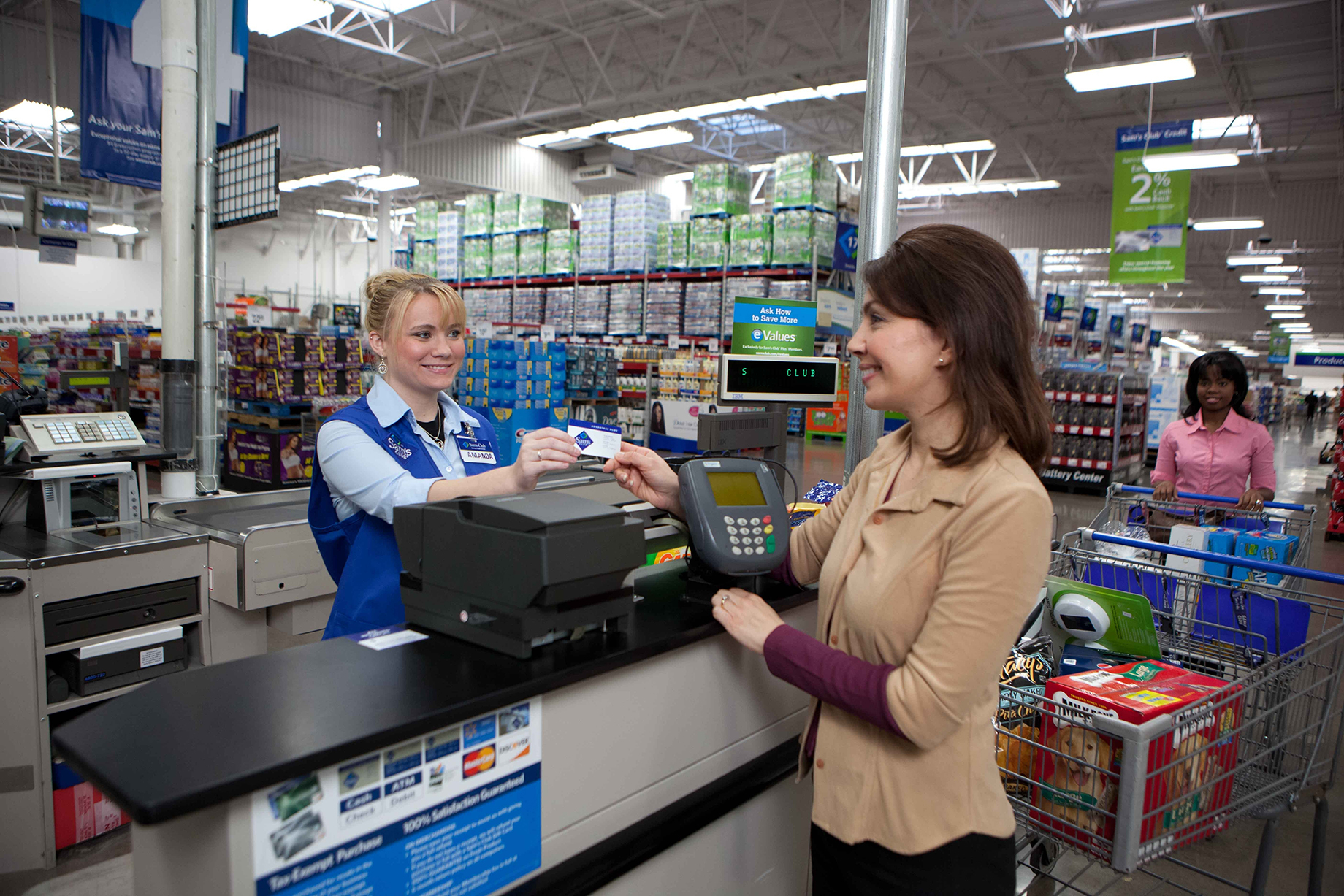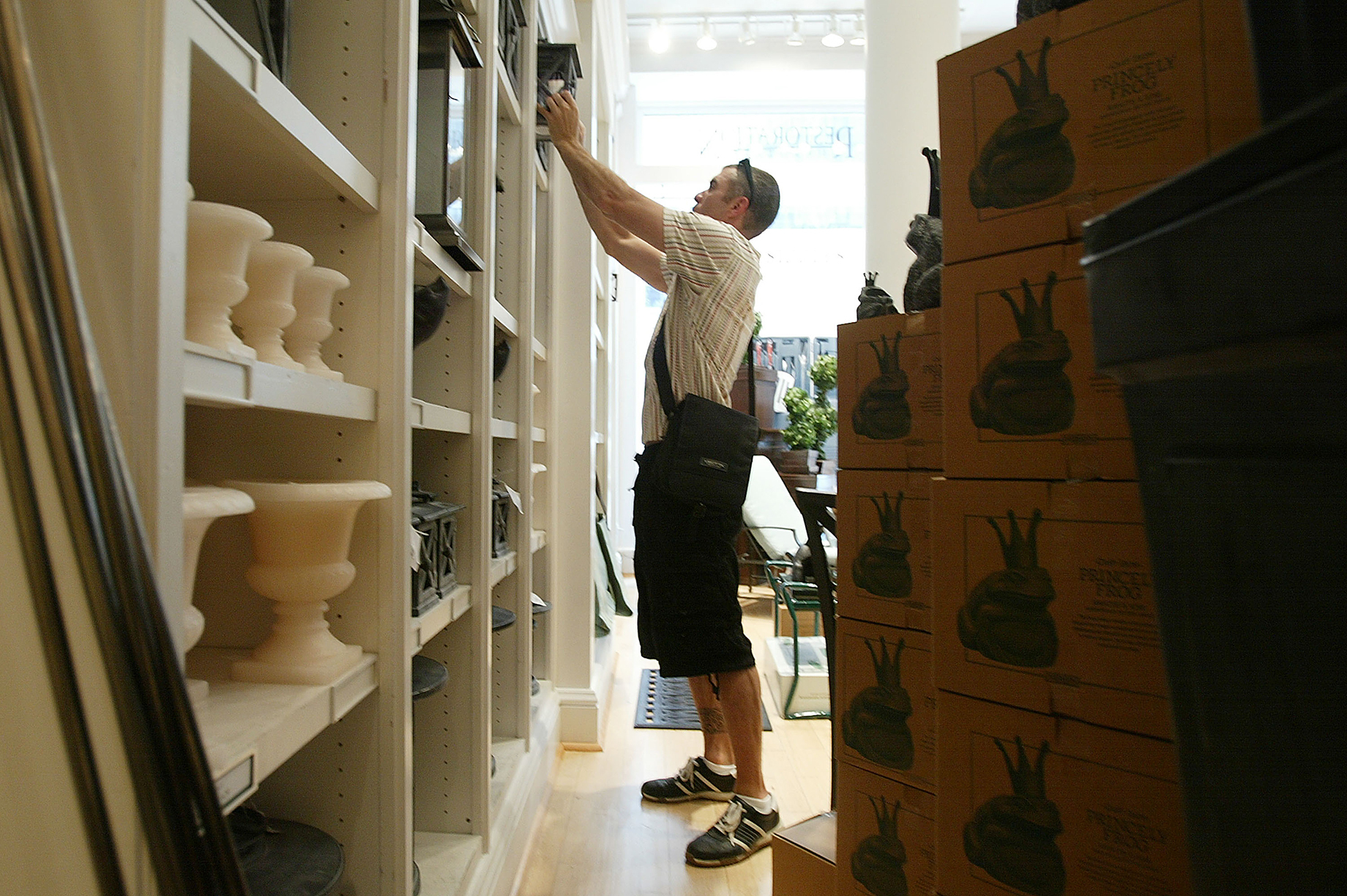Not many stores offer customers the chance to grab a 20-pound package of steaks, a flat-panel TV and a diamond engagement ring all in one trip — and all under one roof. But that is the appeal of retail membership warehouses like Costco Wholesale, BJ’s Wholesale Club and Sam’s Club. Their business model: limit profitability in order to pass the savings onto the consumers and then reap the bulk of their profits from membership fees. Apparently, this is a formula for success.
From 2001 to 2016, U.S. warehouse clubs’ revenues grew at a compound annual growth rate of 6.2 percent, outpacing the 3 percent annual growth rate of the overall retail industry by roughly 3 percentage points, according to Deborah Weinswig, founder and CEO of Coresight Research (formerly Fung Global Retail & Technology), a retail think tank. Recent estimates hold that the sector generated nearly $191 billion in revenues last year, Weinswig says.
“While sales per member drive revenue at the warehouse clubs, membership fees are what expand profits,” said Weinswig. “We estimate that total membership fees contributed 70 percent of the Big Three’s operating income in 2016.” Costco, based in Issaquah, Wash., represents about 65 percent of the U.S. market and generates more than twice the revenue of its nearest competitor, Sam’s Club, according to Weinswig.
“Costco is able to offer lower prices and better values by eliminating virtually all the frills and costs historically associated with conventional wholesalers and retailers, including salespeople, fancy buildings, delivery, billing and accounts receivable,” said W. Craig Jelinek, the company’s president and CEO, in a published statement. “We run a tight operation with extremely low overhead, which enables us to pass on dramatic savings to our members.”
Costco offers three types of membership: Executive, Business and Gold Star. Business members qualify by owning and operating a business; they pay an annual $60 fee, as do Gold Star members. Executive members can earn an annual 2 percent reward (up to $1,000) on specified Costco products, and they also qualify for additional savings on such things as auto and home insurance and bottled-water delivery.

Big spenders From 2001 to 2016, U.S. warehouse clubs’ revenues grew at a compound annual growth rate of 6.2 percent, outpacing the 3 percent annual growth rate of the overall retail industry by roughly 3 percentage points
Sol and Robert Price co-founded the company in 1976. They raised $2.5 million from family members and friends to open Price Club, a warehouse for business shoppers only, in a remodeled airplane hangar in San Diego. The enterprise posted some $750,000 in losses its first year, but things had improved much by 1980, when it turned a profit of about $1 million. The company was in a position to issue stock on July 12, the fourth anniversary of its opening day. Meanwhile, the first officially named Costco warehouse opened in Seattle, in the fall of 1983. Ten years later Price Co. and Costco merged. As of this past March, Costco operates roughly 500 stores across 44 states and Puerto Rico, with an additional 230 in operation elsewhere around the globe.
The same year Costco opened, Sam Walton introduced his first Sam’s Club, in Midwest City, Okla. Today Sam’s Club, a division of Bentonville, Ark.–based Walmart, Inc., operates nearly 600 stores across the U.S. and Puerto Rico. A basic Sam’s Club membership starts at $45, while a membership in Sam’s Plus, which offers cash rewards and other benefits, costs $100.
Mervyn D. Weich established Westborough, Mass.–based BJ’s Wholesale Club in 1984 — employing the initials of his daughter, Beverly Jean, to name the concept. With a reported 9 million members, mostly in New England and the East Coast, BJ’s operates 210 stores across 16 states. A standard club membership goes for $55 per year, while a Rewards membership costs $110 annually.
“Unlike at other clubs, these customers never have to physically venture into the warehouses to get their goods — that chore is left to the Amazon Prime workers, who gather the items for shipping”
“Membership models include two advantages: a stream of recurring revenue — albeit typically minor, relative to their retail sales — and locking in shoppers,” said Weinswig. “If we look beyond the warehouse clubs, we see the lock-in effect clearly with Amazon Prime, where Prime members tend to show much higher rates of shopping at Amazon across the categories, including food and fashion.”
Amazon Prime counts some 80 million members in the U.S. An annual membership costs $119. (A monthly membership is available too — though, given the monthly rate increase that took effect in June, these members could wind up paying $156 for the year, depending on when they have signed up relative to the increase.) The perks here include free two-day shipping; same-day delivery, in certain cases; unlimited music and video streaming; and more. A study by Consumer Intelligence Research Partners done last year found that the average Amazon Prime member spends $1,300 annually. Unlike at other clubs, these customers never have to physically venture into the warehouses to get their goods — that chore is left to the Amazon Prime workers, who gather the items for shipping.
Sears also got into the act with its Shop Your Way loyalty program, now in its ninth year. How well the online platform is doing is open to debate. Last year Evan Magliocca, a brand marketing manager at Baesman Insights & Marketing, noted on the website of marketing association Loyalty360 that he considers Shop Your Way less effective than the programs of Amazon.com, Target and Walmart, because of its heavy reliance on an old customer base. But Sears, for its part, boasts that Shop Your Way has grown; the program has begun offering live-streaming video services to those who subscribe to the premier package and to cash-back points.

Room for more Restoration Hardware introduced its RH Members Program (formerly called the RH Grey Card) in 2016. For an annual fee of $100, members can save 25 percent on full-priced items and an additional 20 percent on sale items, as well as enjoying direct access to a concierge who assists them with the order
In May footwear retailer DSW launched a program to entice DSW Rewards members to upgrade, earning additional points on their purchases and reaping such perks as free shipping. The VIP Club, as the new program is called, offers a point for every dollar spent and a $5 discount per $100 in spending. For two days per year, both VIP Gold and Elite members can earn $5 per every $50 they spend, and Elite members also get to pick an additional day on which they can triple their points — though these Elite consumers pay $500 annually, while Gold members pay slightly less than half that.
Home-furnishings retailer Restoration Hardware introduced its RH Members Program (formerly called the RH Grey Card) in 2016. For an annual fee of $100, members can save 25 percent on full-priced items and an additional 20 percent on sale items, as well as enjoying direct access to a concierge who assists them with the order. “With 95 percent of our core RH business driven by members, we can confidently declare our move from a promotional to a membership model a success,” said Chairman and CEO Gary G. Friedman in a report released in March. Adjusted net revenues of $669.7 million represented an increase of 13 percent from the year before, according to the report. “Membership has enhanced our brand, streamlined our operations and vastly improved the customer experience.”
“Demographic changes will boost the number of customers looking to buy ‘little and often,’ and small stores close to home are the most obvious choice for such purchases”
The outlook for this sector is not as rosy as it once was, however, because overall growth is slowing as a result of changes in demographics and in the ways people shop and the places where they live. “Younger consumers are increasingly shopping online for the convenience of home delivery,” said Weinswig, “and many Millennials and empty nesters alike are choosing to live in more densely populated urban centers that are not conducive to bulk shopping. These demographic changes will boost the number of customers looking to buy ‘little and often,’ and small stores close to home are the most obvious choice for such purchases. If this trend continues, warehouse clubs may need to adjust to smaller basket sizes, especially in the grocery category; work harder than ever to bring compelling nonfood ranges to their customers; and leverage technical advances to maintain a large customer base.”
Thus, these warehouse clubs must, like virtually every retailer in this digital age, be ready, willing and able to reinvent themselves as necessary.
By Spencer Rumsey
Contributor, Shopping Centers Today


